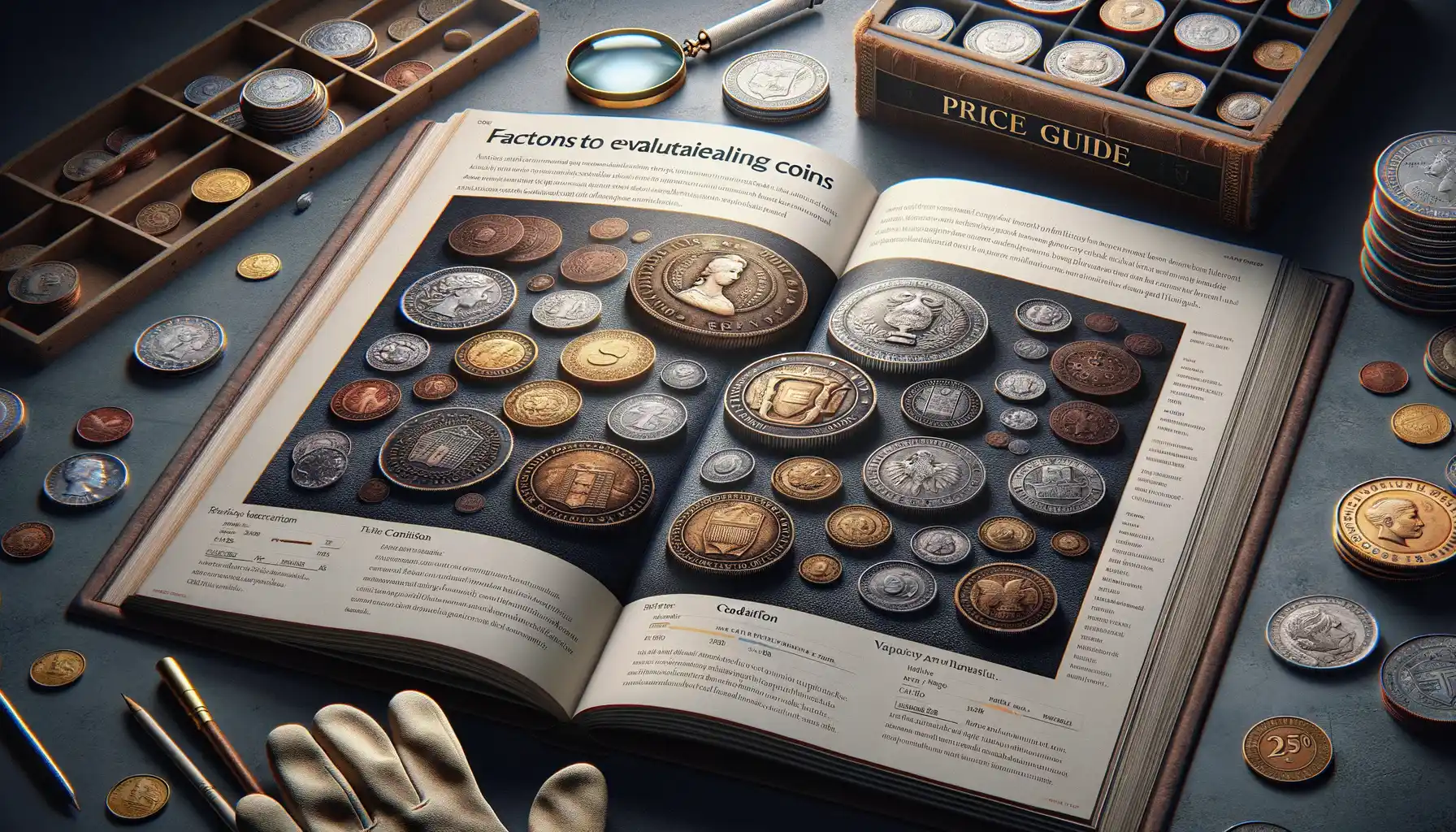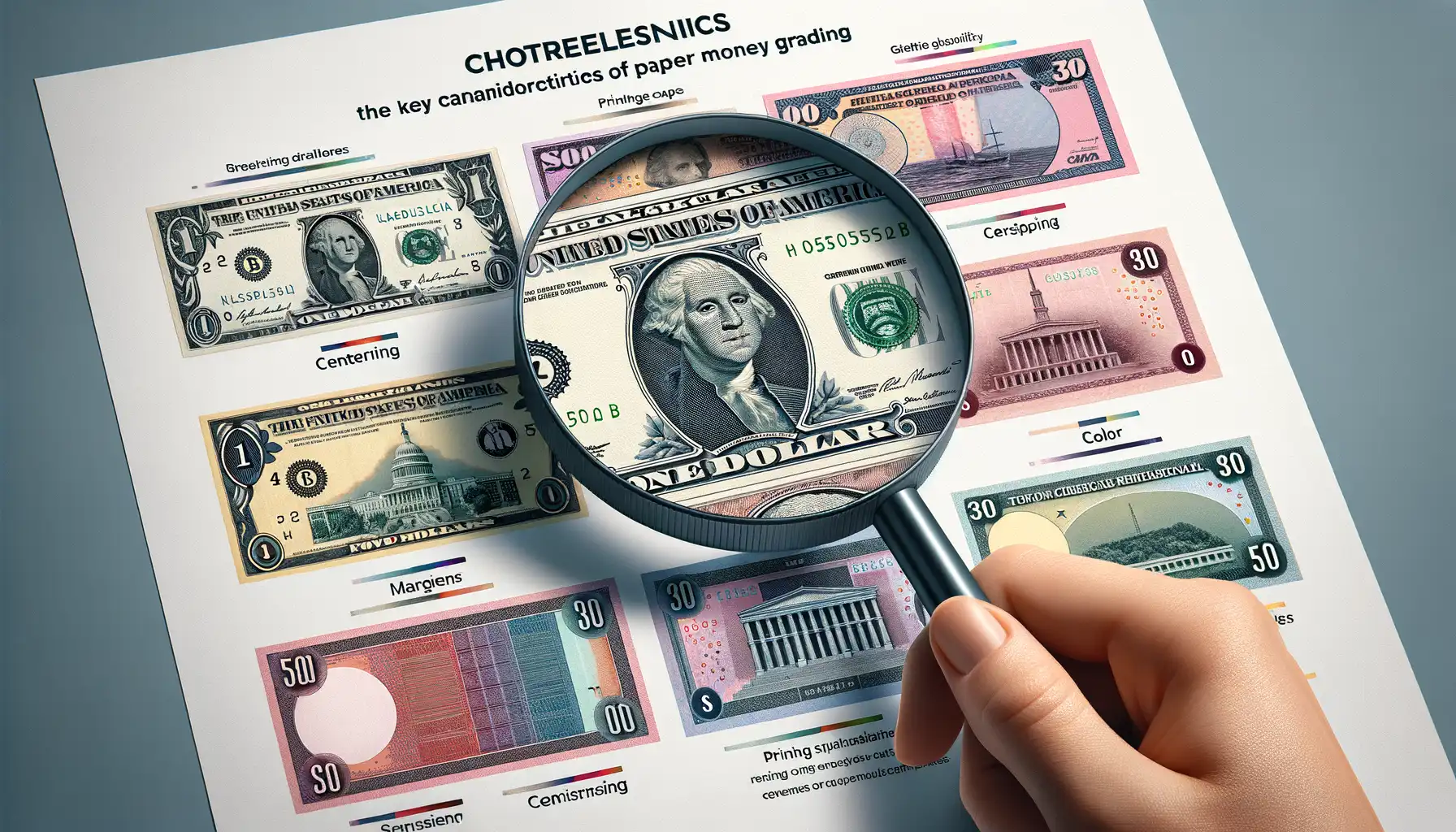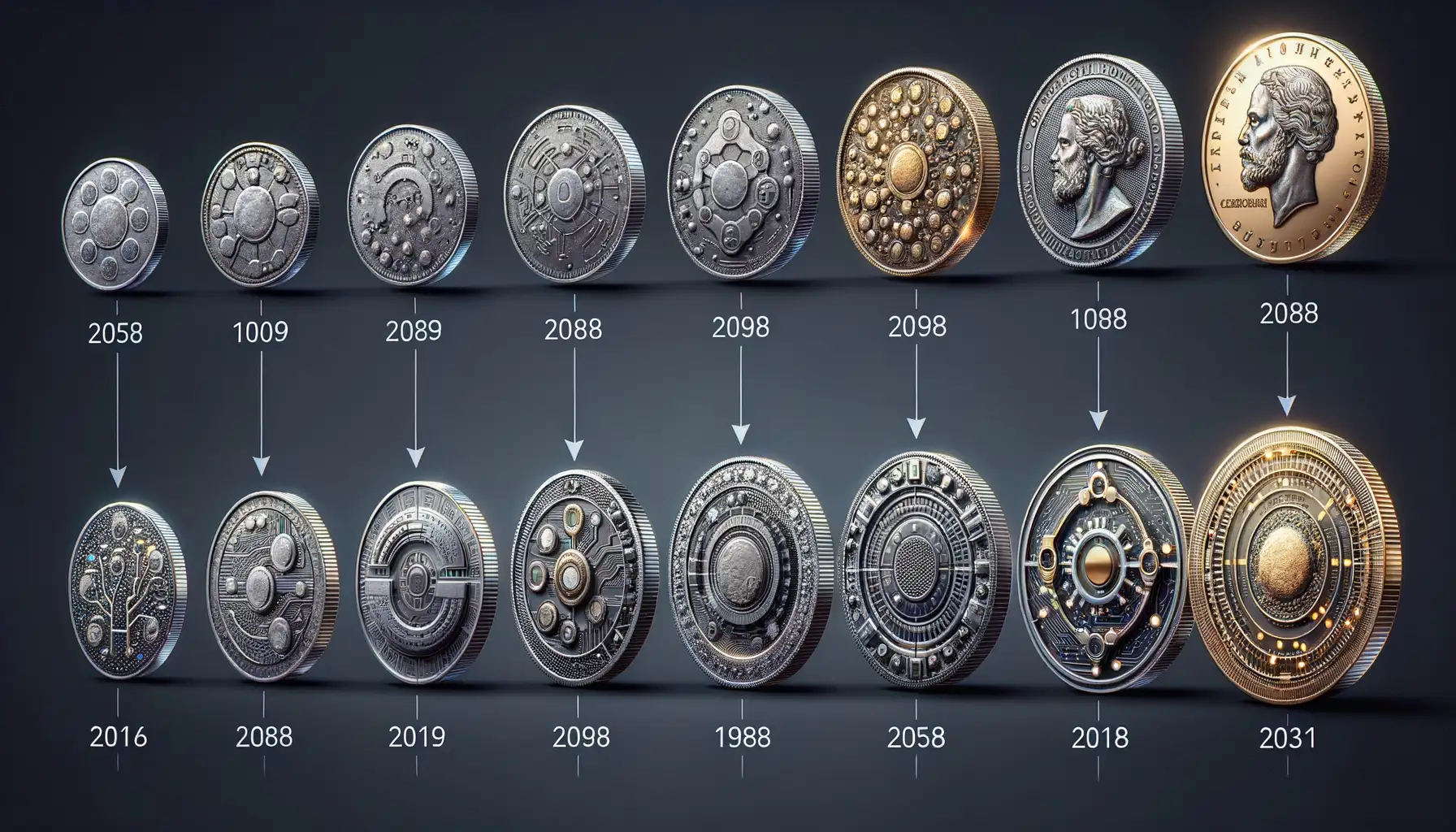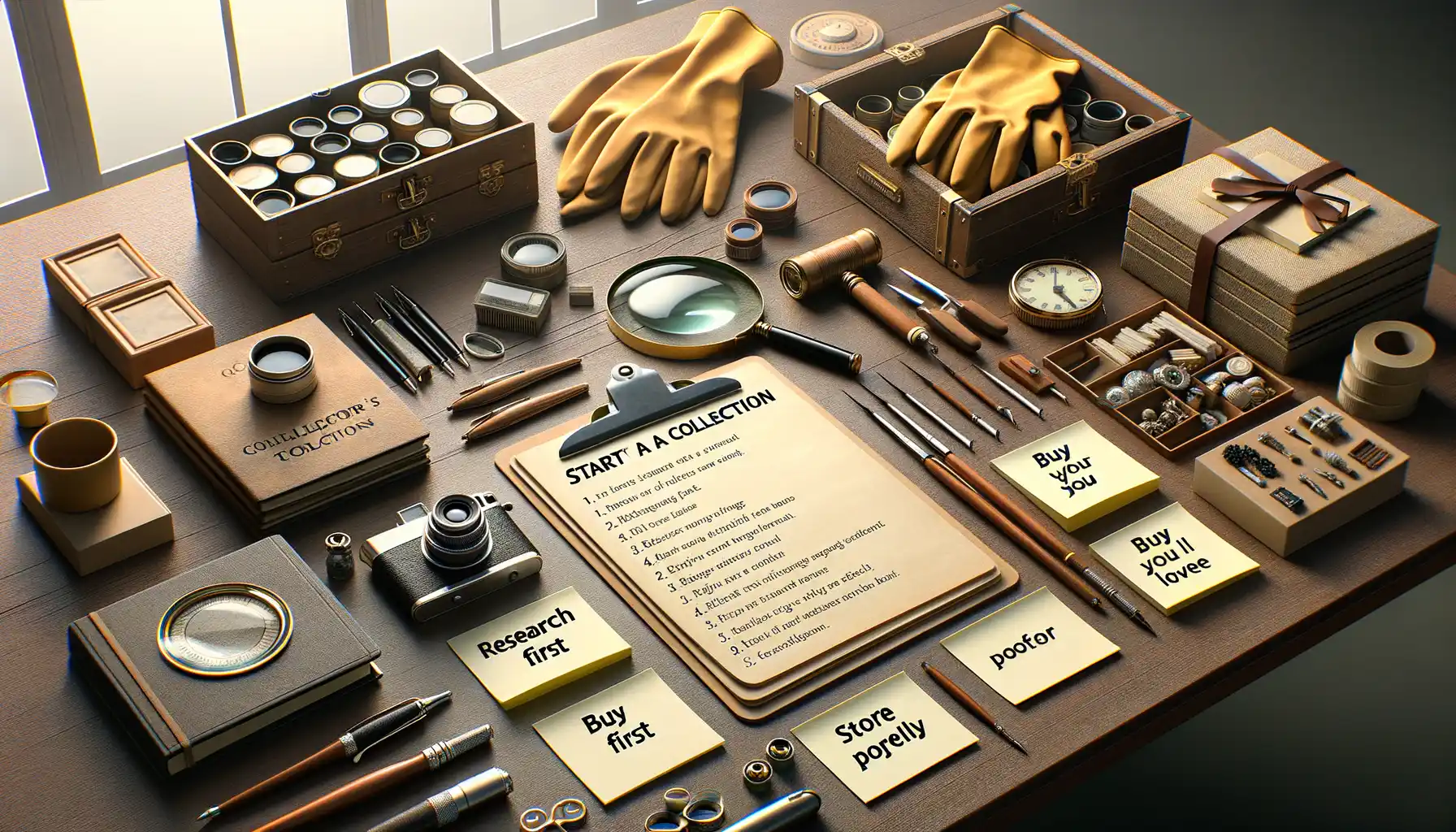Understanding the Basics of Coin Price Guides
Why Coin Price Guides Are Your Treasure Map
Imagine holding a treasure map where “X” marks the spot—but instead of gold, you’re hunting for valuable coins. That’s exactly what coin price guides are: the ultimate maps to help you decode the worth of your collection. These guides aren’t just cold, boring lists of numbers; they’re rich with potential if you know how to navigate them. They can reveal whether that old penny in your drawer could fetch hundreds—or is better left as sentimental pocket change.
Coin price guides provide a snapshot of current market trends. They factor in things like rarity, demand, and condition, boiling it all down into digestible data. But not all guides are created equal! Some are more detailed, tracking fluctuations down to the year and mint mark (yes, even tiny letters matter). Others offer broader strokes, which may work better for beginners still finding their footing in the hobby.
- They list coins by type, year, and mint mark.
- Pricing often varies depending on the coin’s grading (a measure of its condition).
- Some guides include auction records or historical pricing trends.
When used properly, these guides empower you to make informed buying, selling, or trading decisions. Are you ready to uncover hidden gems?
How to Read and Interpret Coin Price Guides

Unpacking the Details Hidden in Coin Price Guides
Imagine opening a coin price guide—it’s like stepping into a treasure map, but instead of X marking the spot, you’ve got categories, values, and grades screaming for your attention. The key is knowing where to start and how to make sense of it all.
First, locate the coin series and denomination you’re researching. Is it a classic Morgan silver dollar or a humble wheat penny? These guides are organized to help you find them quickly—think of it as flipping to the right chapter in your favorite book.
Once you’ve found your coin, you’ll encounter columns of numbers tied to specific coin grades. This is where things get interesting! Each number represents the value of your coin based on its condition. A pristine coin graded as MS-65 will have a vastly different value than one that’s circulated and graded as G-4.
- Date: Always double-check the year and mintmark (e.g., 1921-D) since small details make a big difference.
- Market Trends: Values can shift over time—keep an eye out for recent online price updates to supplement your guide.
Reading these tables might feel overwhelming at first, but don’t let the jargon intimidate you. Think of it as learning a new language—before long, grading scales like VG, XF, and AU will roll off your tongue like second nature.
Tips for Evaluating Coins Using a Price Guide

Get Up Close and Personal with the Coin’s Details
When diving into a coin price guide, treat it like meeting a new friend—you need to really get to know your collectible. Start by examining the coin’s physical traits. Does it gleam with brilliance, or are there smudges of wear? The guide will often list grades, from “Good” to “Mint State,” and this is where things get exciting. Compare your coin’s details to these descriptions like you’re solving a mystery!
Don’t forget to check for any unique markers. Is there a slight misstrike or an unusual mint mark? Rarity can be a game-changer in value, so watch out for oddities hiding in plain sight. A well-worn penny might suddenly feel like a jackpot if it’s got a rare “D” for Denver.
Cross-Check Like a Pro
Never settle for just one source—think of it as hearing multiple sides of the story. Use your primary price guide but also consult:
- Online databases for up-to-date values.
- Local coin dealers who’ve seen it all.
- Auction results to spot trends in what collectors are paying.
The more sources you compare, the sharper your evaluation becomes. It’s like triangulating treasure on a map!
Common Mistakes to Avoid When Using Coin Price Guides

Over-reliance on Outdated Guides
Coin collecting is like navigating an ever-changing treasure map—you can’t rely on a version from years ago and expect it to lead you to gold. One of the biggest pitfalls collectors face is using an outdated price guide. The coin market isn’t static; values fluctuate based on demand, rarity, and even trends. Grabbing your grandfather’s 1995 edition might seem charming, but it’s risky. Always ensure you’re referencing a current and reputable guide. Many collectors miss opportunities—or overpay—because they’re working with yesterday’s information.
Misjudging Condition Descriptions
We get it: grading coins feels like deciphering an ancient language. Terms like “Good,” “Fine,” or “Mint State” may sound straightforward, but here’s the catch—they’re wildly nuanced! A Mint State 63 coin can have a very different value from its Mint State 65 cousin, even if they look similar to an untrained eye. Be honest when appraising your coins, or better yet, consult an expert. Jumping to conclusions about grades is a common trap and can lead to overestimating or underestimating your collection’s worth.
- Neglecting regional variations in price trends. Coins may fetch different prices depending on where you’re located—or selling.
- Ignoring subtle details like mint marks or errors that dramatically influence value.
Think of your price guide as a toolkit—powerful, but only when used with finesse.
Additional Resources for Coin Collectors

Unlocking Hidden Gems: Digital and Offline Tools
For every coin collector, tapping into the right resources is like discovering a rare mint error—thrilling and rewarding. Beyond price guides, there’s a treasure trove of tools and communities waiting to enhance your collecting journey.
One essential resource? **Online numismatic databases**. Websites like NGC Coin or PCGS Price Guide not only update prices regularly but also offer detailed coin images, grading insights, and historical tidbits. Don’t underestimate these digital vaults; they’re like having an expert appraiser on call 24/7.
Prefer a hands-on approach? Pack up your coins and head to the nearest **coin shows or local coin shops**. These buzzing hubs are where you can engage with seasoned collectors who often share insider tips—and maybe even stories behind their prized finds.
- Check out podcasts like Coin World Podcast for on-the-go learning.
- Join Facebook groups or forums such as Collectors Universe to post questions, share photos, and exchange advice.
By combining online tools, in-person events, and passionate communities, you’ll gain a sharper eye and deeper love for the art of coin collecting. It’s not just a hobby; it’s a world full of discovery.




